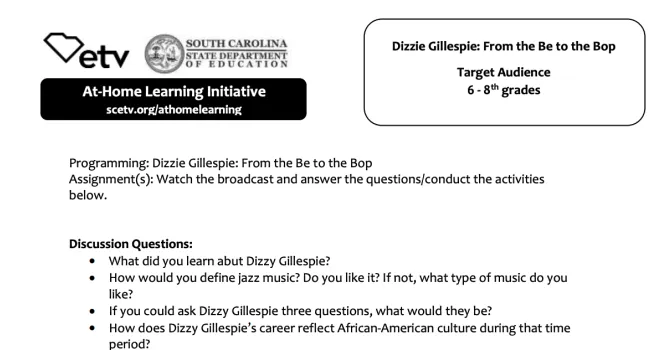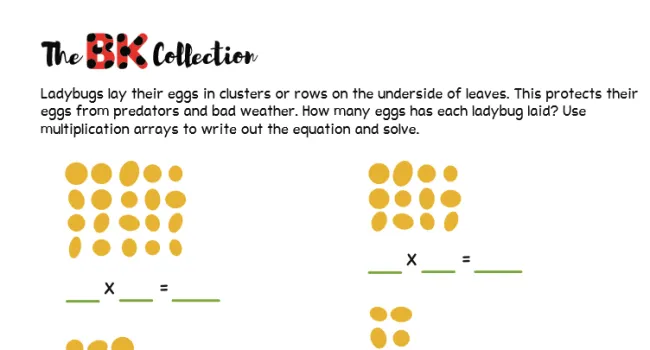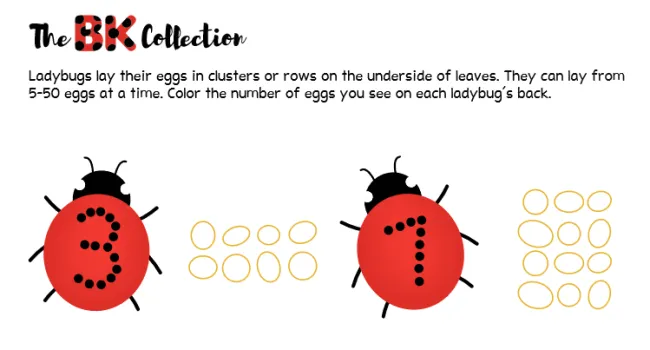This fun ladybug worksheet allows students to practice their adding skills in different ways.
Standards
- K.PAFR Patterns, Algebra, and Functional Reasoning
- K.PAFR.1 Develop an understanding of the relationship between addition and subtraction to solve problems
- K.PAFR.1.4 Solve add-to/joining, take-from/separating, part-part-whole (total unknown), part-part-whole (both addends unknown) real-world situations to find sums and differences within 10
- K.PAFR.1.2 Create a sum of 10 using objects and drawings when given one of two addends 0–9, to include real-world situations
- K.PAFR.1 Develop an understanding of the relationship between addition and subtraction to solve problems
- 1.PAFR Patterns, Algebra, and Functional Reasoning
- 1.PAFR.1 Understand and apply properties of operations and the relationship between addition and subtraction to solve problems
- 1.PAFR.1.3 Solve add-to, take-from, and part-part-whole real-world situations to find sums and differences within 20. Situations include result or change unknown, both addends unknown, and total or one part unknown
- 1.PAFR.1.5 Apply and explain the Commutative Property of Addition to find the sum (through 20) of two addends and explain that the value does not change when the order of the two numbers changes
- 1.PAFR.1.7 Find the sum of a two-digit number and a one-digit number or a two-digit number and a multiple of 10 (1–99) using concrete models, drawings, and strategies that reflect place value understanding, the inverse relationship of addition an
- 1.PAFR.1 Understand and apply properties of operations and the relationship between addition and subtraction to solve problems
- 2.PAFR Patterns, Algebra, and Functional Reasoning
- 2.PAFR.1 Understand and apply properties of operations and the relationship between addition and subtraction to solve problems
- 2.PAFR.1.1 Use a strategy to accurately find sums and differences of two-digit numbers within 100 and justify the sum or difference
- 2.PAFR.1.6 Apply the Associative Property of Addition to find the sum (through 20) of three addends and explain that the value can be found using various grouping strategies
- 2.PAFR.1.7 Determine the unknown number in addition and subtraction equations within 20, with the unknown in any position
- 2.PAFR.1 Understand and apply properties of operations and the relationship between addition and subtraction to solve problems




























